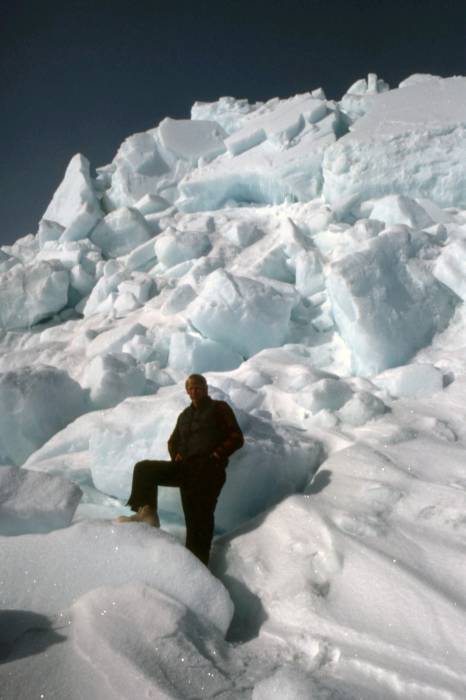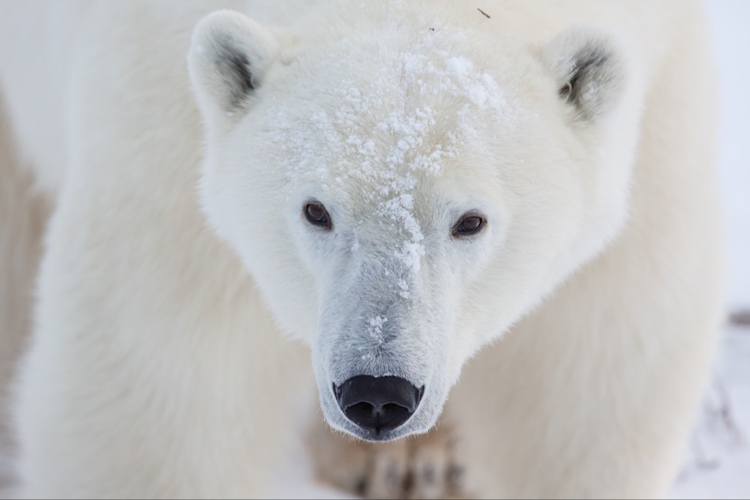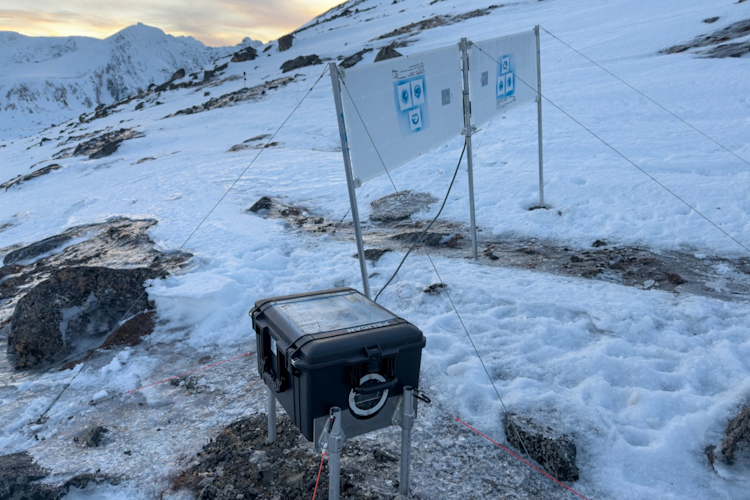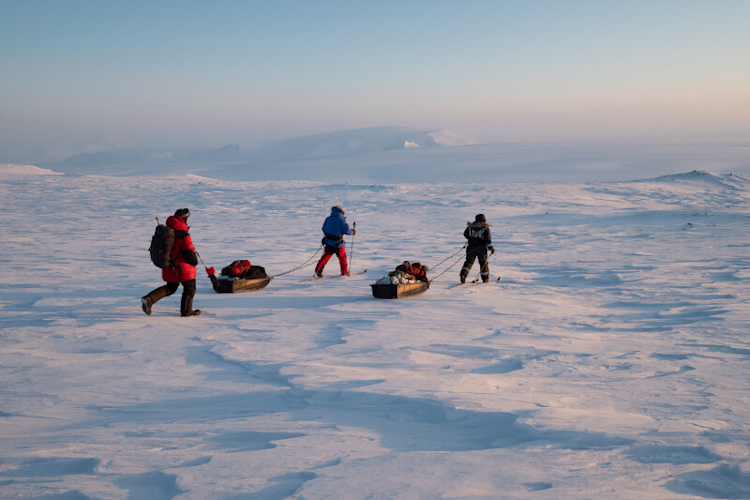Q: After that final piece fell into place, you began work on your current paper, which was published in the September 1, 2020 issue of Science. Can you tell us about that?
After the Molnár study came out, it was an obvious next step to pull the data together into one paper to overcome the challenges in the Bernhardt Memo. In fact, using regression analysis to determine the sensitivity of ice-free days to emissions, and then linking that to the regression relationship between ice-free days and survival, that we identified in the 2020 paper, seemed like such a simple idea I’ve been surprised no one else has thought of it.
I asked Cecilia Bitz, my coauthor on the 2020 paper as well as the 2010 paper in Nature, whether sufficient data on emissions were available that we could link them to ice-free days and fasting duration. She confirmed that this was possible and enthusiastically agreed to collaborate on a study that connected the dots from emissions, to ice-free days, to polar bear survival rates.
Building on the approach shown in the Molnár paper, I decided to focus on survival of cubs. Although our 2020 paper described the impact of more ice free days on all sex and age groups it made it clear that suvival of cubs was the first demographic parameter affected by longer fasting periods. Also, if cubs in a population don’t survive, the population can only decline regardless of whether adult bears can withstand longer annual fasting periods.. Meanwhile, Cecilia assessed available data on global emissions and performed the calculations to determine the number of ice-free days and the impact on polar bear cub survival caused by a specific amount of emissions.
Q: The past 15 years have been like a chess game for you, strategically moving piece by piece across the board to finally overcome the Bernhardt Memo restrictions. How does it feel to finally slide the last piece into place?
It is a relief to finally have the pieces of the puzzle assembled. And I am thrilled to see how well our estimates of the impact of emissions on recruitment explain the evidence of decline that we’ve seen in portions of the polar bears’ range. In the Western Hudson Bay and Southern Beaufort Sea populations, for example, the declines in cub recruitment—which we projected would occur when these bears crossed their fasting impact thresholds—match the outcomes from decades of study in those areas. Our outcomes therefore, not only address the critical policy stumbling block, but will provide an important tool for projecting the future of polar bears around the world.
Overall, the feeling is bittersweet. It’s satisfying, to be sure, to finally fill in the knowledge gaps flagged in the Bernhardt memo. We now have the scientific evidence to rescind that Memo, which is huge. But at the same time, I’m incredibly frustrated that the memo blocked 15 years of climate progress in the U.S.
When a species is listed under the Endangered Species Act, the government is required to use “the best available science” to inform a species recovery plan. We have now shown that the best available science, expressed in our new paper, overcomes the Bernhardt restriction. I’m hopeful that this paper will finally allow the government to ensure climate protections for polar bears under the Endangered Species Act—based on the best available science—and that the approach will serve as a model for other species and for countries weighing development projects. And that would be a win not just for polar bears, but for all of us.




















